DSLR-based 360° vs Insta360 Pro 2 — Deep Dive into Real-World VR Shooting
Compare the pros, cons, and real-world challenges of shooting 360° content with a traditional DSLR panoramic rig versus using the Insta360 Pro 2. Learn what works best for stills, 360 images, and 360 video based on field experience.
Viral Gala
10/5/20253 min read
⚙️ DSLR vs. Insta360 Pro 2: A Deep Dive into Real-World Professional 360° VR Shooting
In the world of professional VR filmmaking and 360° content creation, choosing the right camera system is as critical as defining the story itself.
As Viral Gala from 360 VR Photography, I’ve spent years on demanding shoots—from high-security deserts to bustling public ports—using both traditional multi-shot DSLR rigs and modern dedicated cameras like the Insta360 Pro 2.
Here is my definitive, point-based comparison, driven by real-world field experience.
The Fundamental Difference: How They Work
1. DSLR 360° / Panoramic Stitching Method
Capture Method: Requires taking multiple overlapping still shots (often 6 to 12 or more) sequentially, usually on a panoramic head [Source 4.5].
Video Capability: Not practical for professional 360° video. Stitching frames is extremely complex, slow, and artifact-prone.
Real-Time: No real-time preview or stitching of the final 360° view on site.
Post-Production: Relies heavily on external software (PTGui, Hugin, etc.) for alignment, warping, and blending [Source 4.5].
2. Insta360 Pro 2 Method
Capture Method: Uses six synchronized fisheye lenses to capture all directions simultaneously.
Video Capability: Purpose-built for high-resolution (8K) 360° video, HDR modes, and spatial audio recording [Source 1.1].
Real-Time: Supports real-time preview and in-camera stitching at lower resolutions for quick checks [Source 3.2].
Stabilization: Features built-in FlowState Stabilization for smooth, stable footage [Source 1.1, 3.4].
FeatureDSLR 360° Rig (Stills)Insta360 Pro 2 (Video/Stills)Key TakeawayImage Quality / Detail✅ Exceptional Resolution & Clarity. Larger sensors and lenses deliver superior pixel-level sharpness for stills [Source 4.5].🟡 High resolution (8K), but pixel sharpness is slightly lower than a top-tier DSLR.DSLR wins for ultimate static photo detail.Consistency (Exposure/Color)❌ High Risk of Mismatch. Exposure and white balance must be manually matched across all sequential frames—a tedious task [Source 4.2].✅ Highly Consistent. Exposure, white balance, and HDR modes are synchronized across all six lens channels [Source 4.2].Pro 2 ensures seamless blending and color matching.Low Light Performance✅ Generally offers better low-light behavior and lower noise in still photo modes due to larger sensors [Source 1.5].🟡 Noise may creep in during darker video scenes, although HDR and PureVideo Mode help [Source 1.1, 1.5].DSLR has a clear edge in extremely dark static scenes.
🧠 Summary & Final Recommendation by Viral Gala
My final advice, backed by years of field experience at 360 VR Photography, is clear:
Use Traditional DSLR Panoramic Methods When: Your project demands maximum-resolution 360° stills in a controlled, static environment (e.g., architectural photography, indoor virtual tours without any motion).
Use Insta360 Pro 2 When: Your primary goal is 360° video, dynamic scenes, live events, or any project where speed, stability, and simplicity in the field are non-negotiable.
The Insta360 Pro 2 is purpose-built for the demands of modern immersive media, offering the speed and seamless capture that legacy DSLR rigs simply cannot match for dynamic content. For professional VR results, especially video, the Pro 2 is the more practical and reliable choice.
Ready to choose the right gear for your next immersive project?
Contact Viral Gala at 360 VR Photography: 9920322366
Let's Plan Your Shoot: 360vrphotography.com or 360vrphotography.in
🔗 References & Further Reading
[Source 1.1] Buy Insta360 Ace Pro 2 - 8K AI-Powered Action Cam: https://store.insta360.com/product/ace-pro-2
[Source 1.5] Insta360 Ace Pro 2 vs DSLR in low light! (an UNSPONSORED review): https://www.youtube.com/watch?v=I2-rpAAZM2w
[Source 2.2] I Built a Panoramic Photo Rig Made of 6 Nikon DSLRs, and It's Awesome | PetaPixel: https://petapixel.com/2017/03/28/built-panoramic-photo-rig-made-6-nikon-dslrs-awesome/
[Source 3.2] Insta360 pro2 Chapter 1 Preparation for Basic Shooting-1.1.4 Camera debugging: https://onlinemanual.insta360.com/pro2/en-us/basic/prepare/adjustment
[Source 3.3] Insta360 pro2 Chapter 8 Common Problems-8.5 Error message summary: https://onlinemanual.insta360.com/pro2/en-us/faq/errors
[Source 3.4] Insta360 Ace Pro 2: Best Settings & Pro Tips: https://www.insta360.com/blog/tips/insta360-ace-pro-2-pro-tips-best-settings.html
[Source 4.2] The best camera settings and workflows for 360 photography | Skills & Principles: https://creator.oculus.com/skills-principles/the-best-camera-settings-and-workflows-for-360-photography/
[Source 4.3] DSLR and 360 camera. What is better for shooting virtual 3D interior tours?: https://truevirtualtours.com/article/dslr-vs-aleta
[Source 4.5] How to Make a 360 Image: A Comprehensive Guide 2024 - TeliportMe: https://teliportme.com/blog/how-to-make-a-360-image-a-comprehensive-guide/
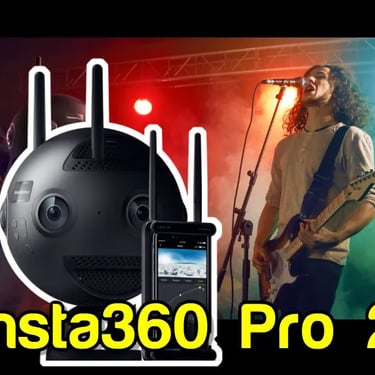
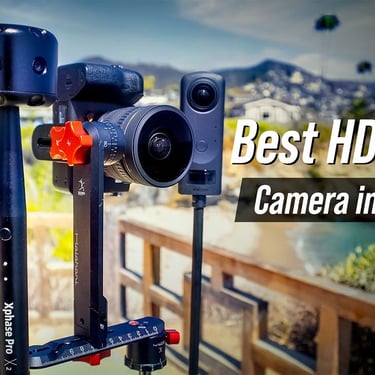
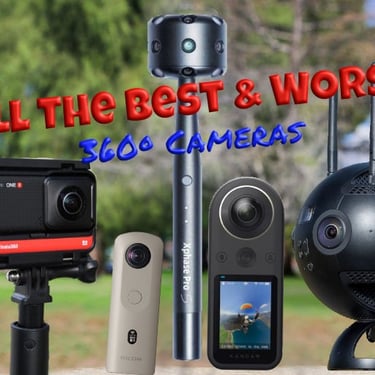
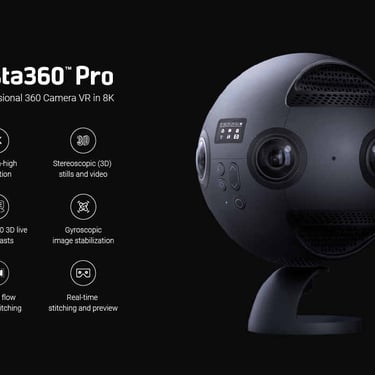
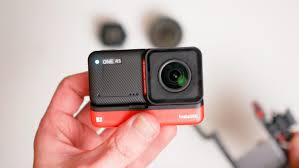
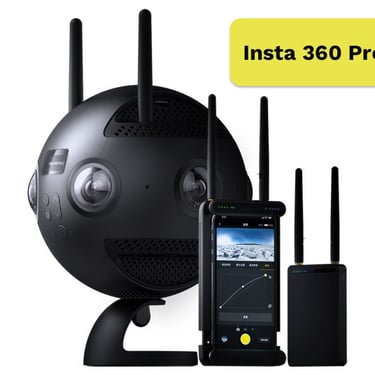

Experience
Engaging virtual tours for real estate and events.
Innovative
info@360vrphotography.in
+91 9920322366
